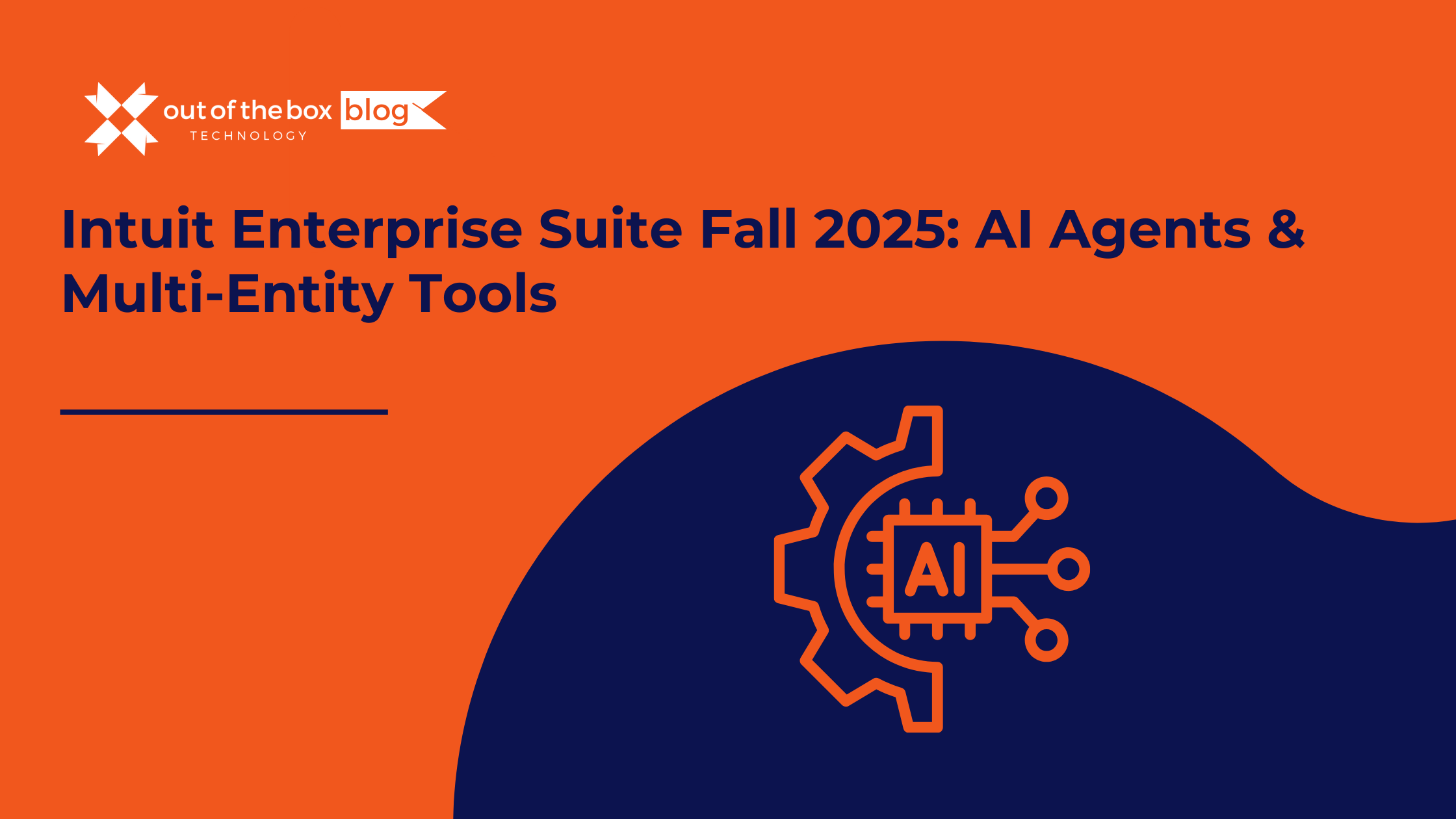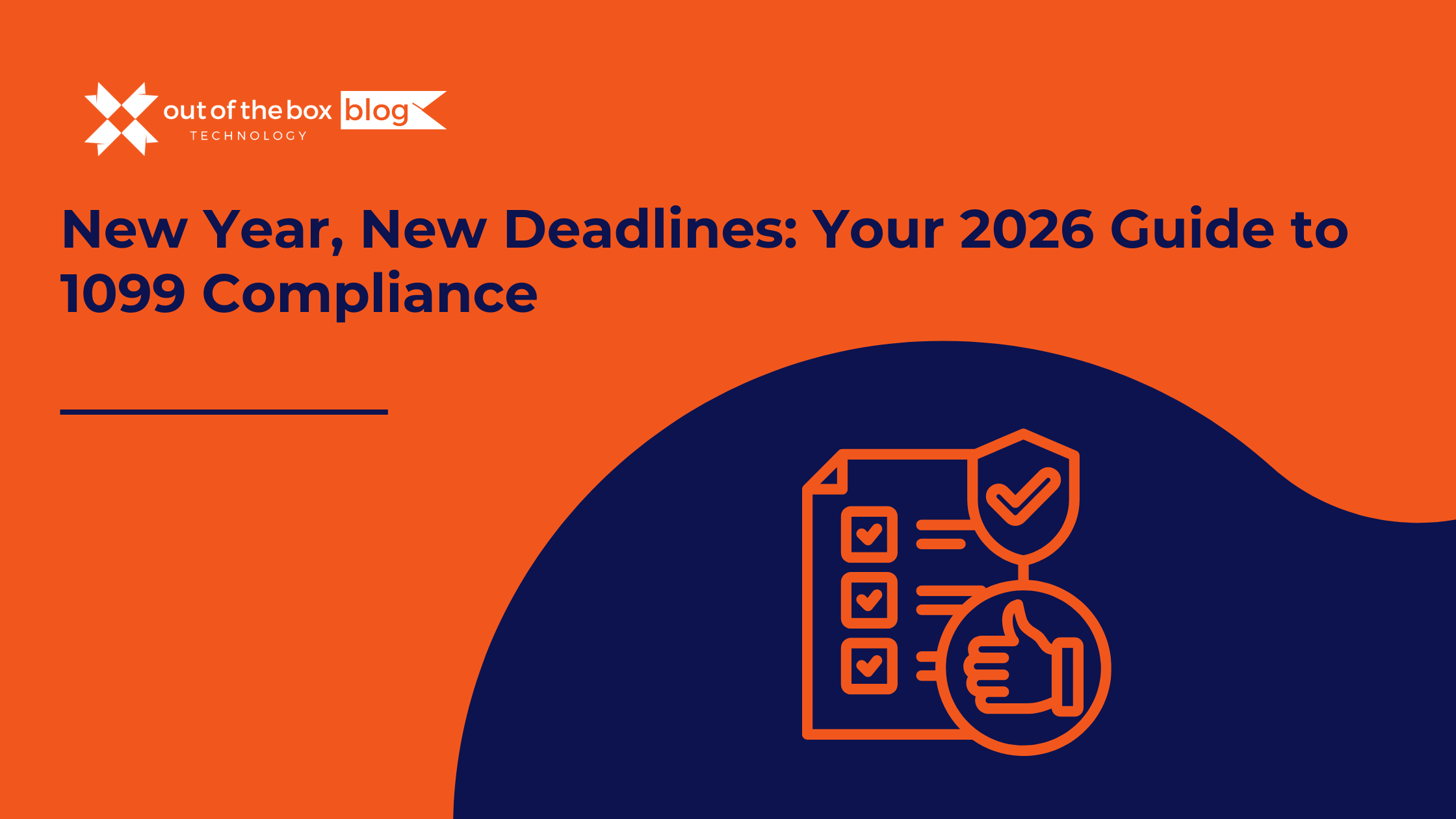If your business has been using QuickBooks Desktop for years, making the transition to QuickBooks Online (QBO) can seem daunting. However, with cloud-based systems becoming the new norm, many companies are finding the switch beneficial, offering more flexibility, enhanced collaboration, and streamlined accounting processes. This is especially true if you’re considering outsourcing accounting tasks or seeking to improve remote work capabilities.
According to The Journal of Accountancy, over 85% of small businesses are now using cloud accounting software. As more firms embrace outsourced accounting services, cloud-based platforms like QuickBooks Online are becoming essential tools for maintaining efficiency and security.
In this detailed guide, we’ll walk you through the step-by-step process of migrating from QuickBooks Desktop to QuickBooks Online. We’ll cover best practices, common pitfalls to avoid, and how outsourcing accounting can make this transition smoother.
Why Migrate to QuickBooks Online?
Before we dive into the steps, let’s explore why switching to QuickBooks Online might be the right move for your business:
- Cloud Accessibility: Access your financial data anytime, anywhere, from any device with internet access.
- Example: If your team works remotely or you frequently collaborate with an outsourced accounting firm, QBO allows seamless access without needing to exchange files.
- Automatic Updates and Backups: No need to manually update your software or worry about data loss; QuickBooks Online handles this for you.
- Enhanced Integration: QBO integrates with hundreds of third-party apps, improving workflow automation.
- Real-Time Collaboration: Multiple users, including your outsourced accountants or bookkeepers, can work on your books simultaneously.
- Cost-Effective: Reduce IT infrastructure costs by eliminating the need for physical servers and software installations.
According to Statista, the cloud accounting market is projected to reach $11.8 billion by 2026. Businesses that embrace cloud solutions are likely to stay ahead of competitors still tied to legacy systems.
Step-by-Step Migration Process
Step 1: Evaluate Your Current QuickBooks Desktop File
Before initiating the migration, review your QuickBooks Desktop data to ensure it’s ready for transfer.
Checklist:
- Reconcile all accounts.
- Clear out any pending transactions.
- Review the Chart of Accounts and clean up inactive or duplicate accounts.
- Run reports to verify accuracy: Profit & Loss, Balance Sheet, Accounts Receivable, and Accounts Payable.
Step 2: Choose the Right QuickBooks Online Plan
QuickBooks Online offers several plans:
- Simple Start: Best for solo entrepreneurs.
- Essentials: Suitable for businesses with multiple users.
- Plus: Ideal for growing businesses needing advanced reporting.
- Advanced: Best for larger organizations or those with complex accounting needs.
If you’re outsourcing accounting tasks, consult with your accounting provider to choose the plan that best fits your needs.
Step 3: Backup Your QuickBooks Desktop Data
Always create a backup of your data before migration.
- In QuickBooks Desktop, go to File > Create Backup.
- Save the backup file to a secure location.
Step 4: Start the Migration Process
- Open QuickBooks Desktop and log in as the Admin user.
- Go to Company > Export Company File to QuickBooks Online.
- Sign in to your QuickBooks Online account.
- Choose the QBO plan you selected earlier.
- Follow the on-screen prompts to complete the export.
Note: If your QuickBooks Desktop file exceeds 350,000 targets, you may need to condense your data before exporting.
Step 5: Verify Your Data in QuickBooks Online
After the migration, it’s essential to ensure everything transferred accurately.
What to Check:
- Chart of Accounts: Confirm that all accounts match.
- Customer and Vendor Lists: Verify contact details.
- Financial Reports: Compare reports in QuickBooks Online to those in Desktop.
- Transactions: Ensure all invoices, payments, and expenses are present.
Run the following reports to cross-check:
- Profit & Loss
- Balance Sheet
- Accounts Receivable Aging
- Accounts Payable Aging
Step 6: Reconnect Bank Feeds and Integrations
If you had bank feeds or third-party integrations in QuickBooks Desktop, reconnect them in QBO.
- Go to Banking > Link Account to reconnect your bank feeds.
- Re-authorize any payment processors or apps like PayPal, Shopify, or Bill.com.
Step 7: Customize QuickBooks Online Settings
Set up your preferences in QBO:
- Company Settings: Add business details, logo, and fiscal year.
- Sales Tax Settings: Set up or verify sales tax rates.
- User Permissions: Invite your team or outsourced accountants and set appropriate access levels.
Common Challenges and How to Avoid Them
1. Data Limitations
QuickBooks Online has some data limitations compared to Desktop. For example, inventory features in QBO are less advanced.
Solution: Consider using third-party apps like TradeGecko or outsourcing your accounting to specialists who can manage complex inventory.
2. Reports Discrepancies
Reports may not match exactly due to differences in calculation methods.
Solution: Work with an outsourced accounting team to reconcile any discrepancies.
3. Learning Curve
QBO has a different interface than Desktop.
Solution: Invest in training or utilize QuickBooks Online tutorials. Many outsourced accounting firms also offer training as part of their services.
How Outsourcing Accounting Simplifies Migration
Outsourcing your accounting tasks to professionals can make migrating from QuickBooks Desktop to QuickBooks Online smoother and less stressful. Here’s how:
1. Expertise and Guidance
Accounting professionals experienced with both QuickBooks Desktop and Online can manage the migration process efficiently, minimizing errors.
Example: Firms like Bench and Bookkeeper360 specialize in helping small businesses migrate to cloud-based platforms.
2. Time Savings
Migration can be time-consuming. By outsourcing, you free up valuable time to focus on your business operations.
3. Ongoing Support
Outsourced accountants can provide ongoing support, training, and troubleshooting post-migration.
4. Advanced Tools and Integrations
Outsourced firms often have access to premium tools and integrations that enhance QuickBooks Online functionality.
5. Scalability
If your business is growing, outsourced accounting services can scale with you, ensuring your QuickBooks Online setup evolves with your needs.
FAQs
1. How long does it take to migrate from QuickBooks Desktop to QuickBooks Online?
Typically, the migration process takes 1-3 days, depending on the size of your file and complexity of your data.
2. Will I lose any data during the migration?
If the migration is done correctly, you shouldn’t lose any data. Always create a backup before starting.
3. Can I switch back to QuickBooks Desktop if I don’t like QBO?
Yes, you can revert to QuickBooks Desktop, but the process is more complicated than migrating to QBO. Consult an accounting professional if you’re considering switching back.
4. Is QuickBooks Online secure?
Yes, QuickBooks Online uses 256-bit SSL encryption and has multiple layers of security to protect your data.
5. Can I migrate my payroll data?
Payroll data doesn’t transfer automatically. You may need to set up payroll again in QBO.
Conclusion
Migrating from QuickBooks Desktop to QuickBooks Online can seem like a monumental task, but with careful planning and potentially outsourcing your accounting tasks, the transition can be smooth and rewarding. The benefits of cloud-based accounting — accessibility, collaboration, and automation — make it a worthwhile investment for modern businesses.
If you’re unsure about managing the migration yourself, consider outsourcing to an experienced accounting firm to help guide you every step of the way.
By embracing QuickBooks Online, you’re not just upgrading your software — you’re setting your business up for efficiency, scalability, and success.
Simplify Your Bookkeeping Today!
Discover the benefits of outsourcing bookkeeping for your small business. Contact us now to schedule a consultation and take the first step toward financial clarity and success!



